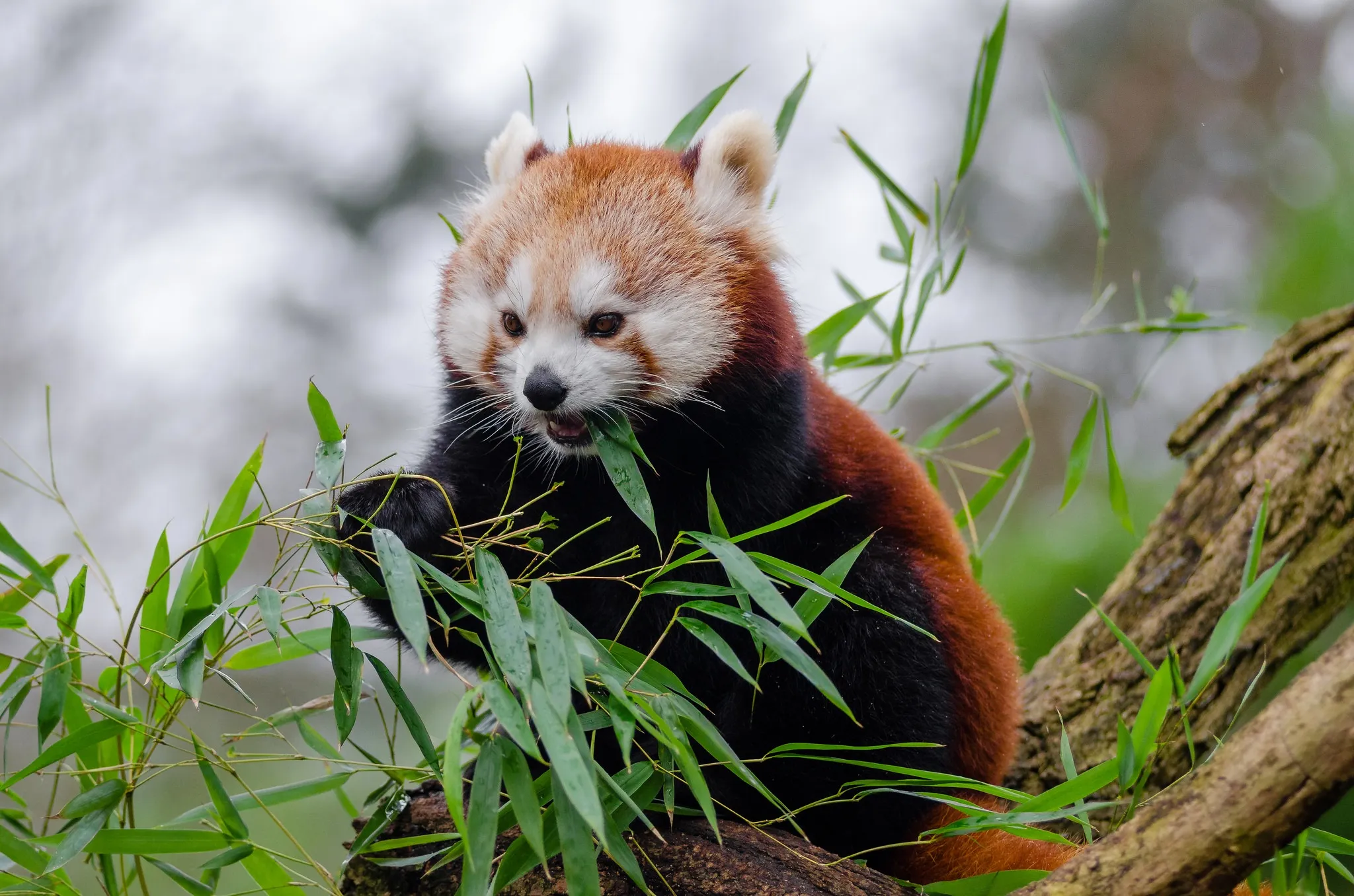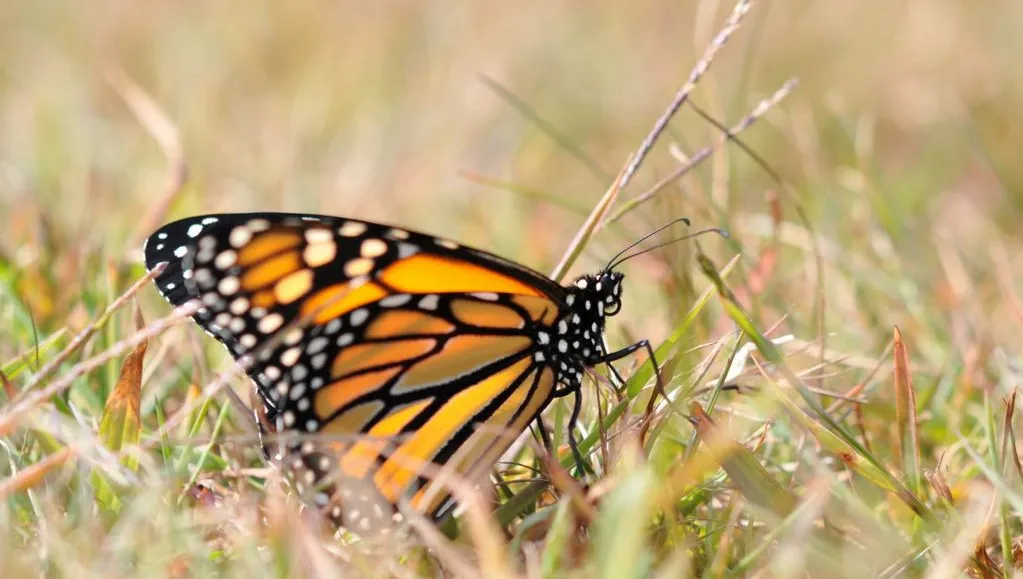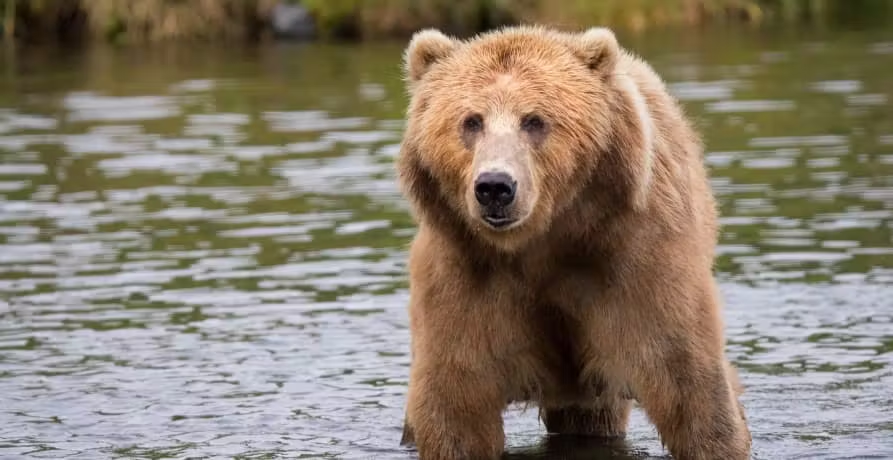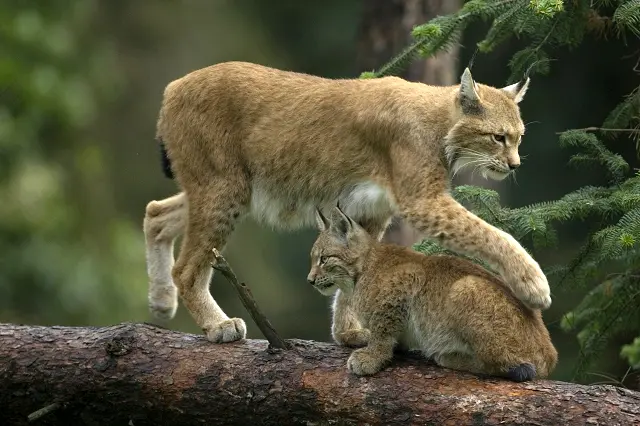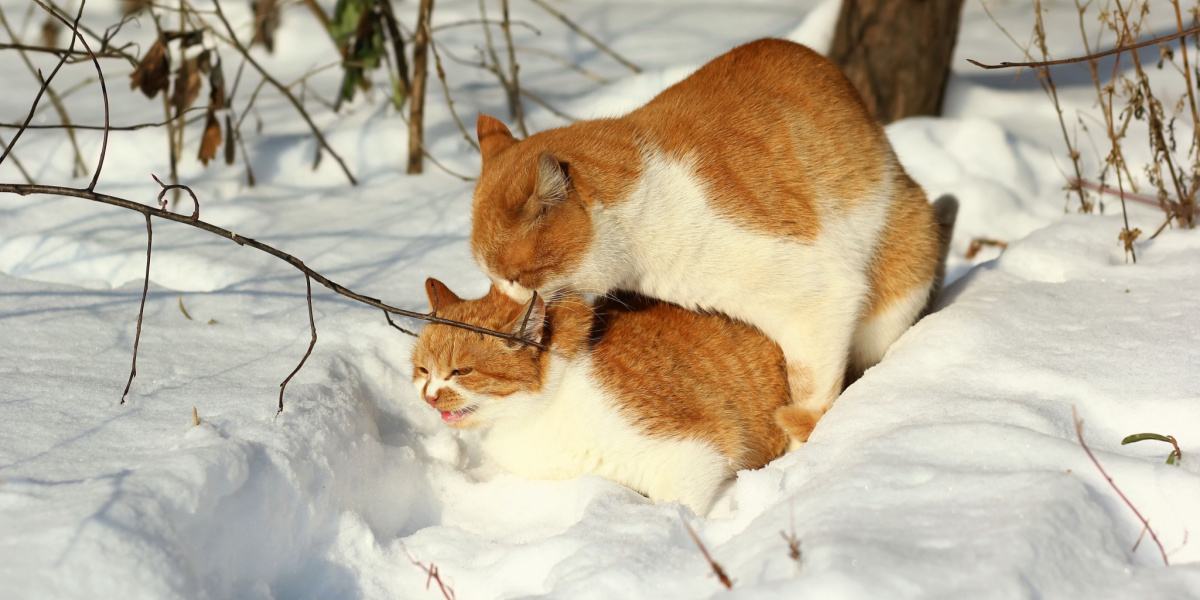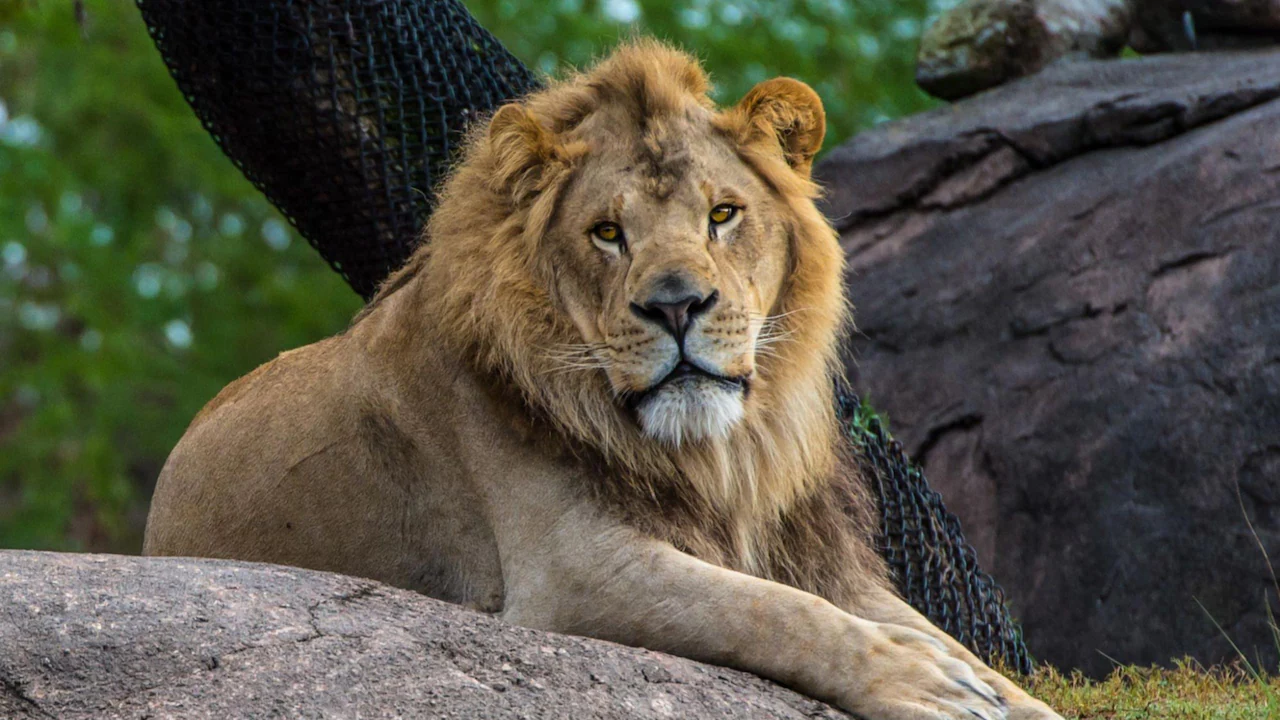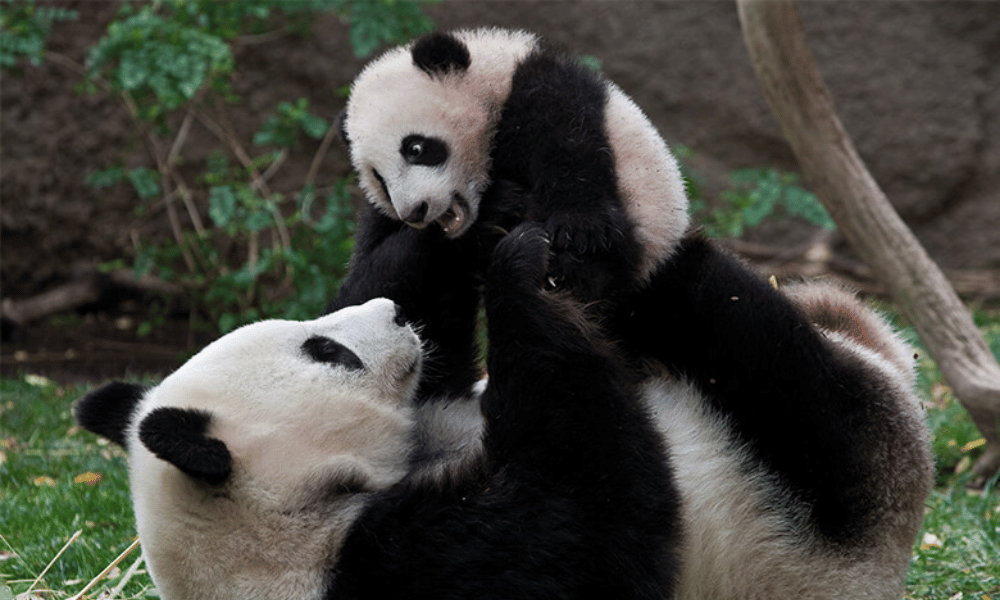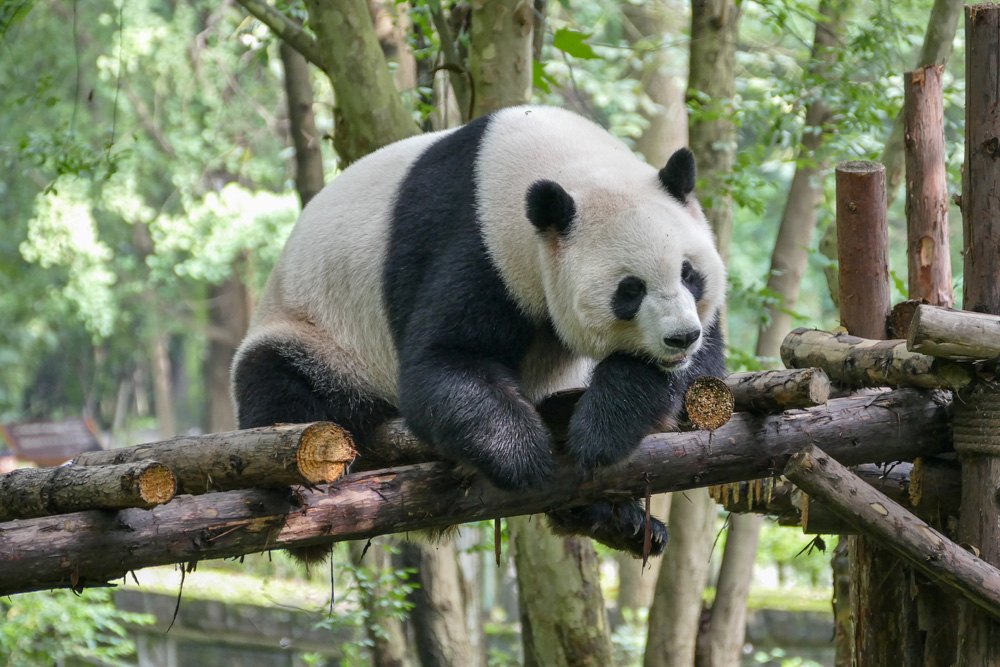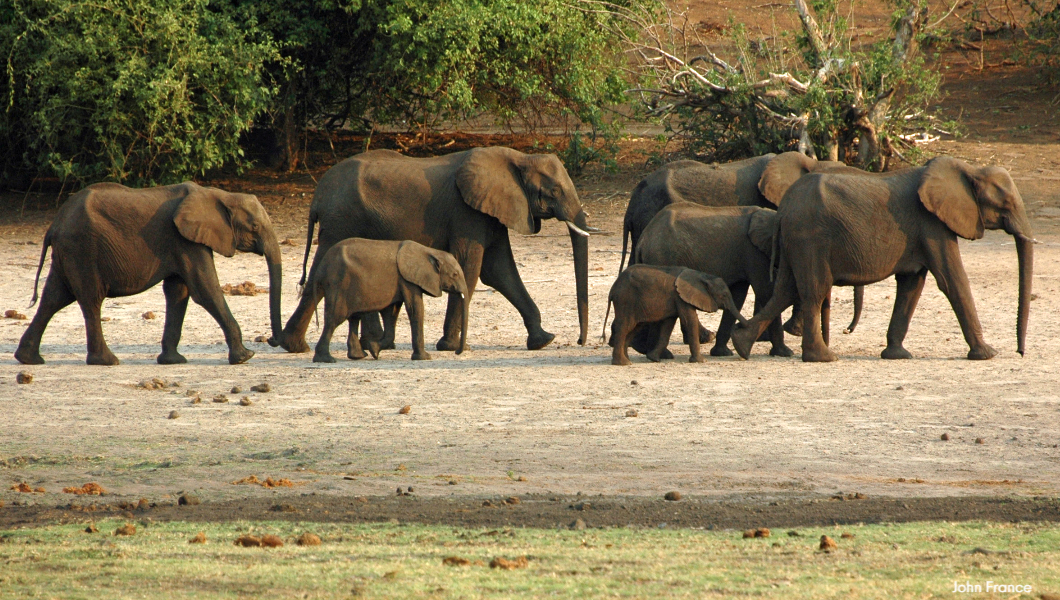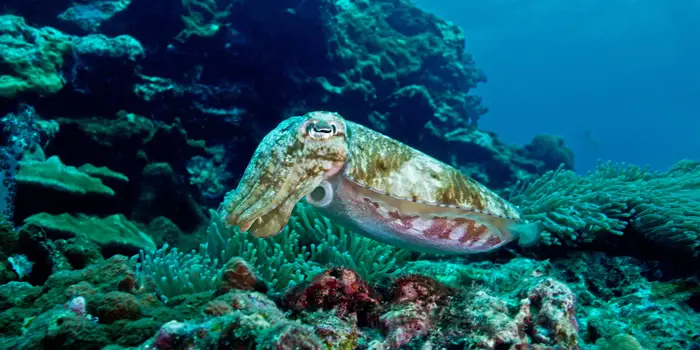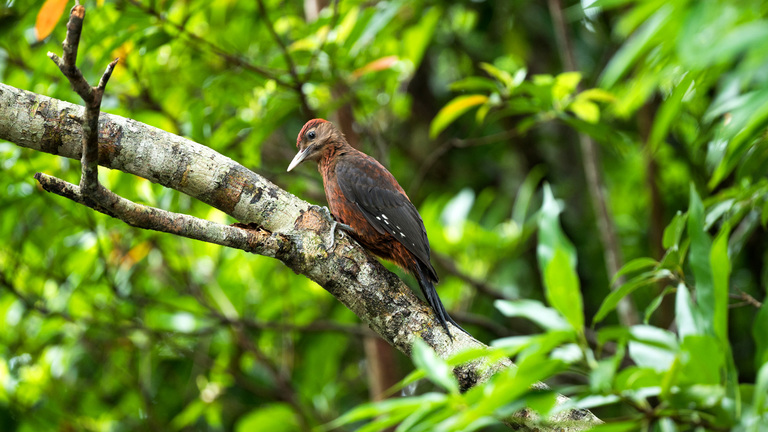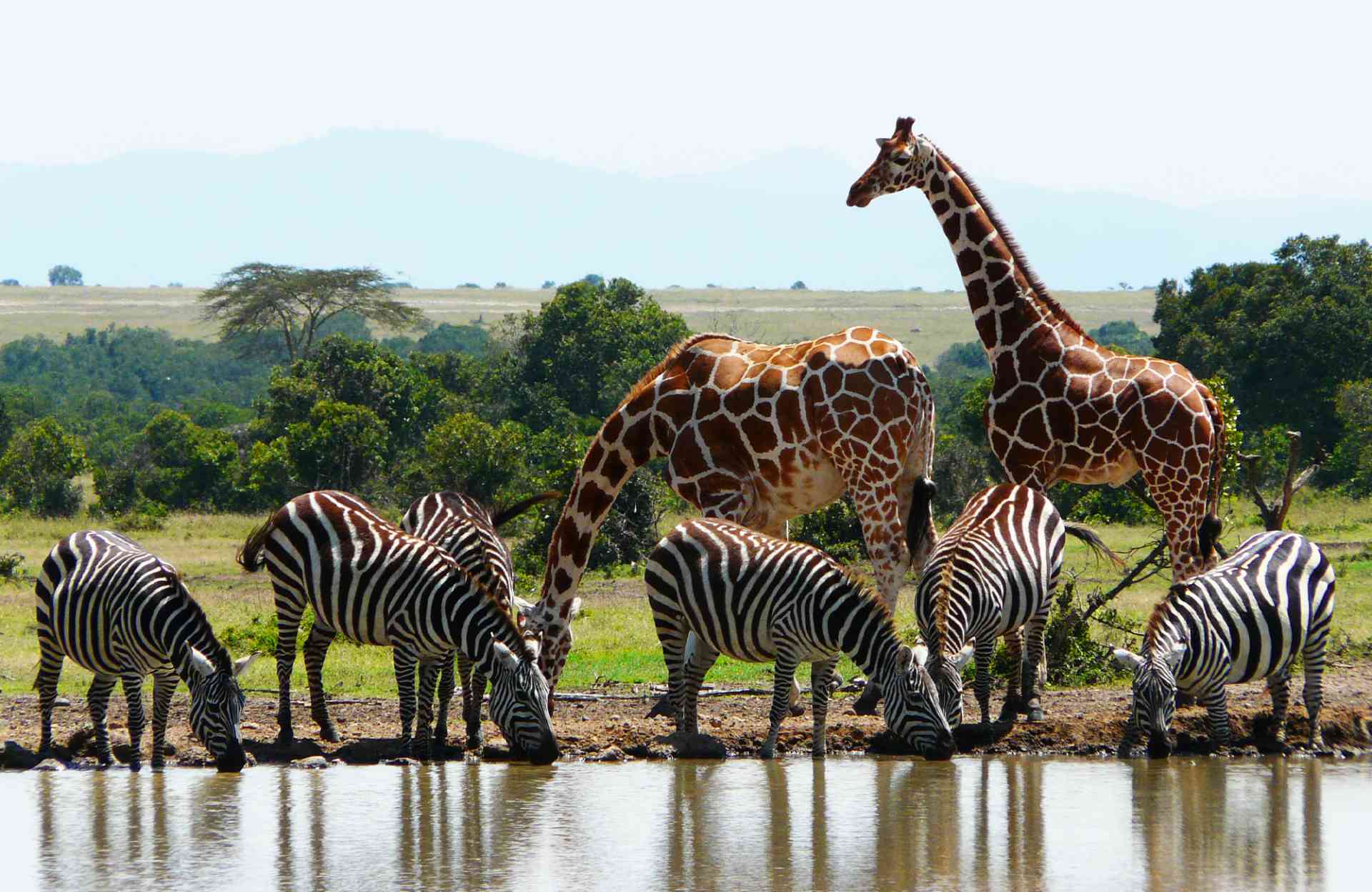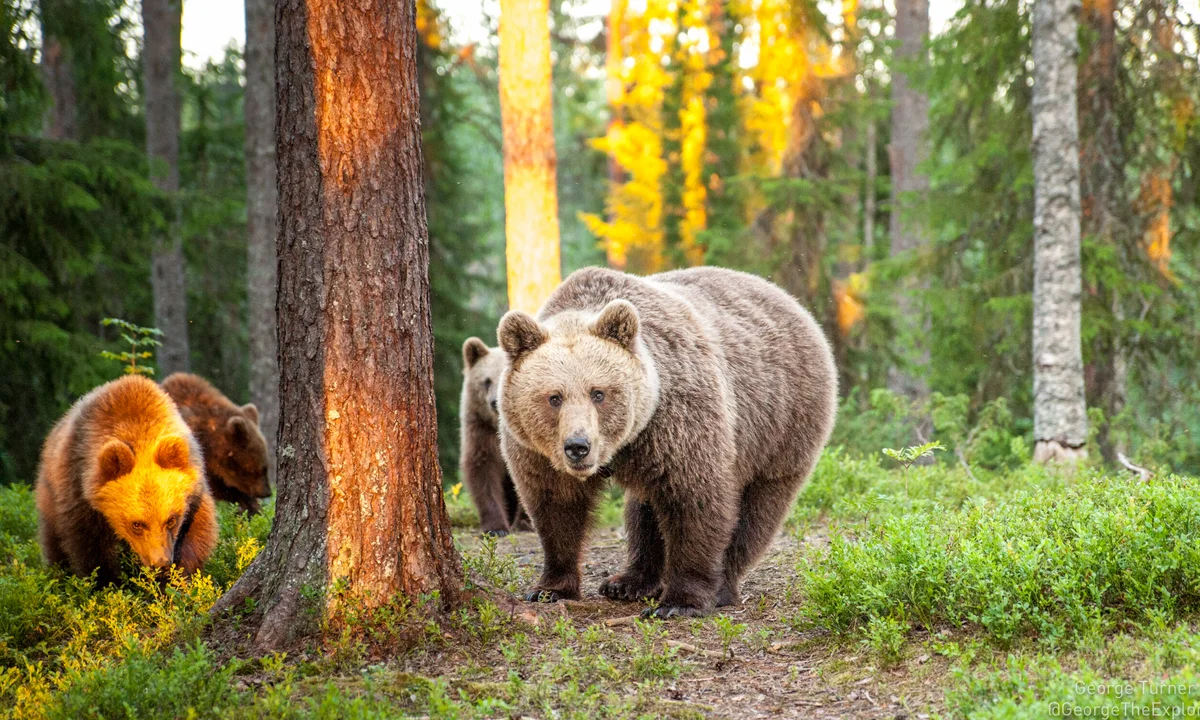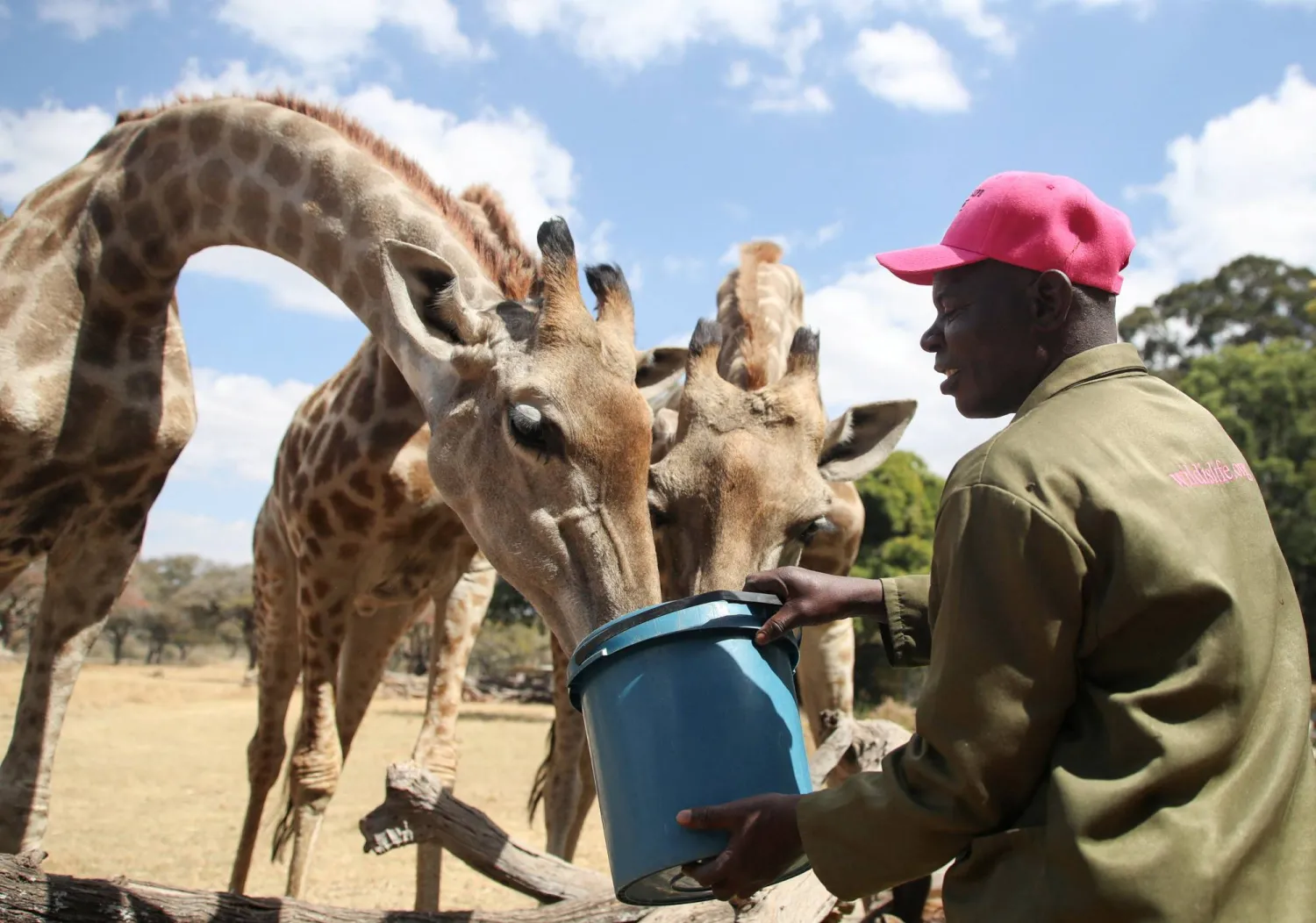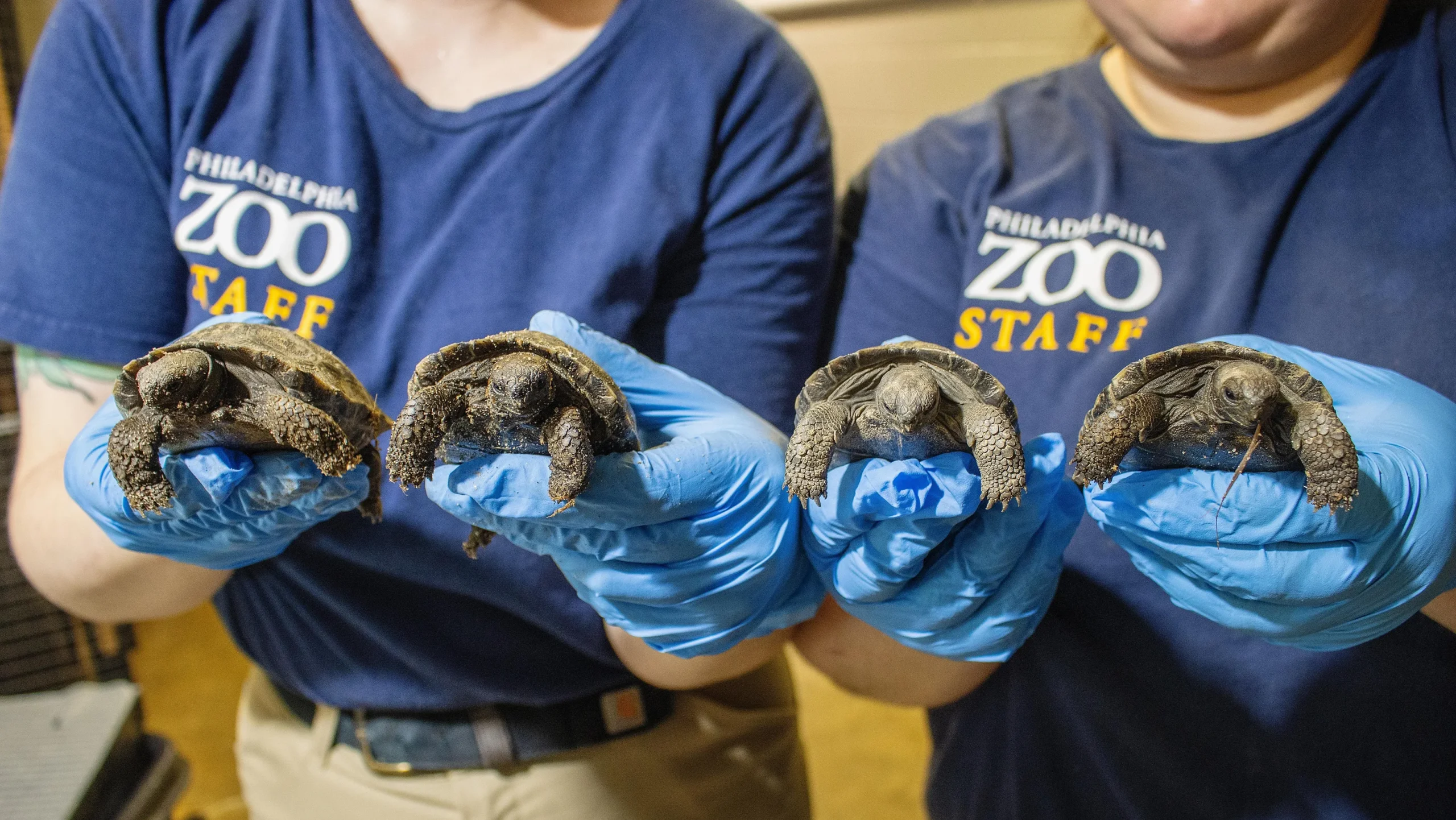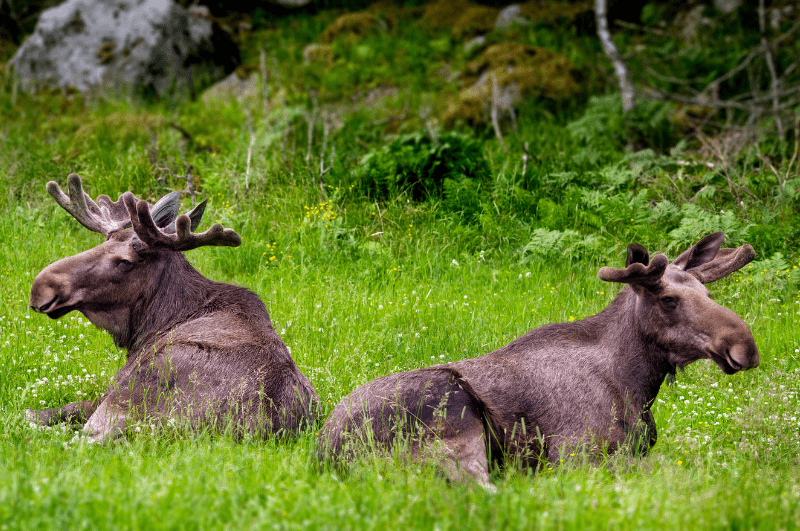The world is a vibrant tapestry of life, woven with the threads of millions of animal species, each uniquely adapted to its corner of the globe. From the icy slopes of Antarctica to the sun-scorched sands of the Sahara, animals have evolved in astonishing ways to thrive in every environment imaginable. In this article, we’ll embark on a global adventure to explore the diversity, adaptations, and conservation challenges of animals across continents, sharing stories that connect us to the wild heart of our planet. Whether you’re a wildlife enthusiast or simply curious about the creatures we share Earth with, this journey promises to captivate and inspire.
Why Animals Around the World Fascinate Us
The sheer variety of animals on Earth sparks wonder in us all—think of a child’s wide-eyed awe at a zoo or the thrill of spotting a deer in the wild. Animals represent nature’s creativity, showcasing adaptations that seem almost magical, like the chameleon’s color-changing skin or the Arctic fox’s snow-white coat. Our fascination often stems from their beauty, mystery, and the stories they tell about survival. This article dives into that magic, exploring iconic species, their habitats, and why they matter to us and the planet.
The Role of Animals in Ecosystems
Animals are the heartbeat of ecosystems, maintaining balance through roles like pollination, predation, and decomposition. Bees in Europe pollinate crops, while wolves in North America control deer populations, preserving forests. Each species, no matter how small, contributes to a delicate web of life. Without them, ecosystems collapse, affecting everything from food production to climate regulation.
Cultural Significance of Animals
Across cultures, animals hold deep symbolic meaning—think of the bald eagle as a symbol of American freedom or the revered elephants in Thailand. They inspire art, folklore, and traditions, connecting humans to nature. In my travels, I once saw a Maasai elder in Kenya describe a lion with reverence, calling it a guardian of the savanna, a reminder of how deeply animals shape human identity.
Iconic Animals by Continent: A Global Safari
Let’s take a whirlwind tour across the continents, meeting some of the most iconic animals and learning how they’ve adapted to their unique environments. Each region offers a glimpse into nature’s ingenuity, from the smallest insects to the mightiest predators.
Africa: The Land of Giants and Grace
Africa’s savannas, jungles, and deserts host some of the planet’s most charismatic creatures, like the lion, elephant, and cheetah. The continent’s biodiversity is staggering, with over 1,100 mammal species and 2,600 bird species. Its animals face threats like poaching and habitat loss, yet their resilience inspires global conservation efforts.
The Majestic African Elephant
The African elephant, with its massive ears and trunk, roams savannas and forests, shaping ecosystems by clearing paths and dispersing seeds. These gentle giants can consume up to 300 pounds of food daily, yet they’re endangered due to ivory poaching. Conservation programs, like those in Kenya’s Amboseli National Park, are vital to their survival.
The Speedy Cheetah
Cheetahs, the fastest land animals, can sprint up to 60 mph in seconds, chasing prey across the savanna. Their slender bodies and specialized claws are built for speed, but habitat loss threatens their numbers. Organizations like the Cheetah Conservation Fund work tirelessly to protect them.
Asia: A Tapestry of Mystical Creatures
Asia’s vast landscapes, from Himalayan peaks to tropical rainforests, harbor unique species like the Bengal tiger and the giant panda. The continent’s biodiversity is under pressure from deforestation and urbanization, making conservation a critical focus.
The Elusive Bengal Tiger
The Bengal tiger, with its striking orange coat, prowls India’s forests and mangroves. These apex predators maintain ecosystem balance by controlling herbivore populations. India’s Project Tiger has helped increase their numbers, but human-wildlife conflict remains a challenge.
The Adorable Giant Panda
Pandas, with their iconic black-and-white fur, munch bamboo in China’s misty mountains. Once critically endangered, conservation efforts have boosted their population to around 1,800. Zoos worldwide, like the one I visited in Chengdu, showcase their charm, raising awareness for their protection.
Australia: A World of Unique Marsupials
Australia’s isolation has birthed bizarre and wonderful creatures, like kangaroos and platypuses, found nowhere else. Its ecosystems, from coral reefs to outback deserts, are fragile, with many species threatened by invasive species and climate change.
The Bouncing Kangaroo
Kangaroos, with their powerful hind legs, hop across Australia’s plains, carrying joeys in their pouches. They’re a symbol of the continent, but overgrazing and habitat loss threaten some species. Conservation reserves, like those in Queensland, protect their habitats.
The Quirky Platypus
The platypus, a egg-laying mammal with a duck-like bill, swims in Australia’s rivers. Its electroreceptive bill detects prey underwater, a marvel of evolution. Protecting river ecosystems is crucial, as pollution and drought endanger this oddball creature.
North America: From Grizzlies to Gators
North America’s diverse landscapes, from Alaskan tundra to Florida’s wetlands, host iconic species like the grizzly bear and bald eagle. Conservation successes, like the eagle’s recovery, show what’s possible when we act to protect wildlife.
The Mighty Grizzly Bear
Grizzly bears, with their massive paws and powerful jaws, roam forests and mountains, fishing for salmon and foraging berries. Once nearly extinct in the U.S., their numbers have rebounded in places like Yellowstone, thanks to protective laws.
The Resilient Bald Eagle
The bald eagle, America’s emblem, soars over rivers and coasts, snatching fish with razor-sharp talons. DDT once decimated their populations, but bans and conservation efforts have restored them, a triumph I witnessed while kayaking in Alaska.
South America: The Amazon’s Hidden Treasures
South America’s rainforests, mountains, and grasslands teem with life, from jaguars to piranhas. The Amazon alone houses 10% of the world’s species, but deforestation threatens this biodiversity hotspot.
The Stealthy Jaguar
Jaguars, with their spotted coats, stalk the Amazon’s jungles, hunting caimans and tapirs. Their powerful jaws can crush skulls, but habitat loss endangers them. Conservation corridors, like those in Brazil, aim to protect their range.
The Colorful Macaw
Macaws, with their vibrant feathers, light up the Amazon canopy, using strong beaks to crack nuts. Deforestation and illegal pet trade threaten them, but sanctuaries in Peru offer hope for their survival.
Antarctica: Life in the Deep Freeze
Antarctica’s icy wilderness is home to hardy creatures like penguins and seals, adapted to extreme cold. Climate change poses a growing threat, melting the ice they depend on.
The Playful Emperor Penguin
Emperor penguins, waddling on Antarctic ice, dive deep for fish, enduring brutal winters in huddles. Their numbers are declining as sea ice shrinks, prompting global calls for marine protected areas.
The Agile Leopard Seal
Leopard seals, with their sleek bodies, hunt penguins in icy waters, using sharp teeth to grip prey. Their survival hinges on healthy marine ecosystems, threatened by warming oceans.
Comparing Animal Adaptations Across Continents
Animals have evolved remarkable adaptations to survive their environments. Let’s compare some key adaptations in a table to see how nature tailors solutions to different challenges.
| Continent | Animal | Adaptation | Purpose |
|---|---|---|---|
| Africa | Cheetah | Long legs, flexible spine | Sprinting to catch prey |
| Asia | Giant Panda | Specialized jaw muscles | Chewing tough bamboo |
| Australia | Kangaroo | Strong hind legs, tail balance | Hopping efficiently across vast plains |
| North America | Grizzly Bear | Thick fur, hibernation | Surviving cold winters |
| South America | Jaguar | Camouflaged coat, strong jaws | Stealth hunting in dense jungles |
| Antarctica | Emperor Penguin | Blubber layer, huddling behavior | Enduring extreme cold |
Pros and Cons of Unique Adaptations
- Pros: Adaptations like the cheetah’s speed or penguin’s blubber ensure survival in harsh conditions, allowing species to thrive where others can’t.
- Cons: Specialized adaptations can make animals vulnerable to environmental changes, like pandas struggling if bamboo forests disappear.
Conservation Challenges Facing Global Wildlife
Animals worldwide face threats from habitat loss, climate change, poaching, and invasive species. For example, Africa’s rhinos are hunted for their horns, while Australia’s koalas lose eucalyptus forests to development. Conservation efforts, like those by the World Wildlife Fund, aim to protect habitats and curb illegal trade, but challenges remain.
Habitat Loss and Deforestation
Deforestation, especially in the Amazon and Southeast Asia, destroys homes for countless species. In Brazil, I saw cleared patches where jaguars once roamed, a stark reminder of human impact. Reforestation and protected areas offer hope, but progress is slow.
Climate Change Impacts
Rising temperatures disrupt ecosystems, from melting Arctic ice to coral bleaching in Australia’s Great Barrier Reef. Polar bears struggle to hunt on thinning ice, while marine species suffer as oceans warm. Global agreements like the Paris Accord aim to mitigate these effects.
Poaching and Illegal Trade
Poaching decimates species like elephants and tigers for ivory and skins. In Asia, I learned about efforts to combat illegal trade through stricter laws and community education, but demand persists in some markets.
How You Can Help Animals Around the World
Protecting global wildlife starts with collective action. Here are ways to make a difference:
- Support Conservation Organizations: Donate to groups like WWF or local sanctuaries.
- Reduce Your Footprint: Use less plastic, conserve energy, and choose sustainable products.
- Visit Responsibly: Choose ethical wildlife tours that prioritize animal welfare.
- Spread Awareness: Share stories, like the plight of Moo Deng, the viral pygmy hippo, to inspire others.
Where to Get Involved
- WWF: Offers adoption programs for endangered species.
- Local Zoos and Sanctuaries: Many, like the Khao Kheow Open Zoo in Thailand, support conservation.
- Online Platforms: Websites like animalsaroundtheglobe.com provide educational resources.
Best Tools for Wildlife Enthusiasts
- Field Guides: Apps like iNaturalist help identify species during travels.
- Conservation Apps: WWF Together offers insights into endangered animals.
- Wildlife Webcams: Explore live feeds from zoos like San Diego Zoo for virtual visits.
People Also Ask (PAA) Section
Below are real questions from Google’s “People Also Ask” feature, answered concisely to optimize for featured snippets.
What is the most popular animal in the world?
Tigers top global searches in 44 countries, including the U.S., due to their majestic presence and cultural significance.
Where can I see the most diverse wildlife?
The Amazon rainforest, hosting 10% of Earth’s species, offers unparalleled biodiversity, with jaguars, macaws, and piranhas. Visit protected areas like Manu National Park in Peru.
How can I help endangered animals?
Donate to conservation groups like WWF, reduce your environmental footprint, and support ethical tourism to protect species like elephants and rhinos.
Why are animals endangered?
Habitat loss, poaching, climate change, and invasive species threaten animals. For example, deforestation endangers jaguars, while poaching targets rhinos.
FAQ Section
Q: What makes animals so diverse across continents?
A: Geographic isolation, climate, and food availability drive evolution, leading to unique adaptations like the kangaroo’s hopping or the jaguar’s stealth.
Q: How do animals adapt to extreme environments?
A: Animals develop traits like blubber in penguins or speed in cheetahs to survive extreme cold, heat, or predation pressures in their habitats.
Q: What’s the best way to learn about global wildlife?
A: Use apps like iNaturalist, visit reputable zoos, or explore resources from organizations like National Geographic for accurate, engaging information.
Q: Can I volunteer for wildlife conservation?
A: Yes, organizations like WWF and local sanctuaries offer volunteer programs. Check their websites for opportunities in your region or abroad.
Q: Why is biodiversity important?
A: Biodiversity ensures ecosystem stability, supports food chains, and provides resources like medicine and clean water, vital for human survival.
Conclusion: Connecting with the Wild
Animals around the world remind us of nature’s brilliance and fragility. From the sprinting cheetah to the waddling penguin, each creature tells a story of survival and adaptation. By learning about them, supporting conservation, and sharing their stories—like the heartwarming tale of a Brazilian fisherman nursing a penguin back to health—we can protect our planet’s wildlife for generations. Let’s take action, whether through a donation, a sustainable choice, or simply marveling at the beauty of a tiger’s stripes, to ensure these creatures continue to roam, soar, and swim across our world.
